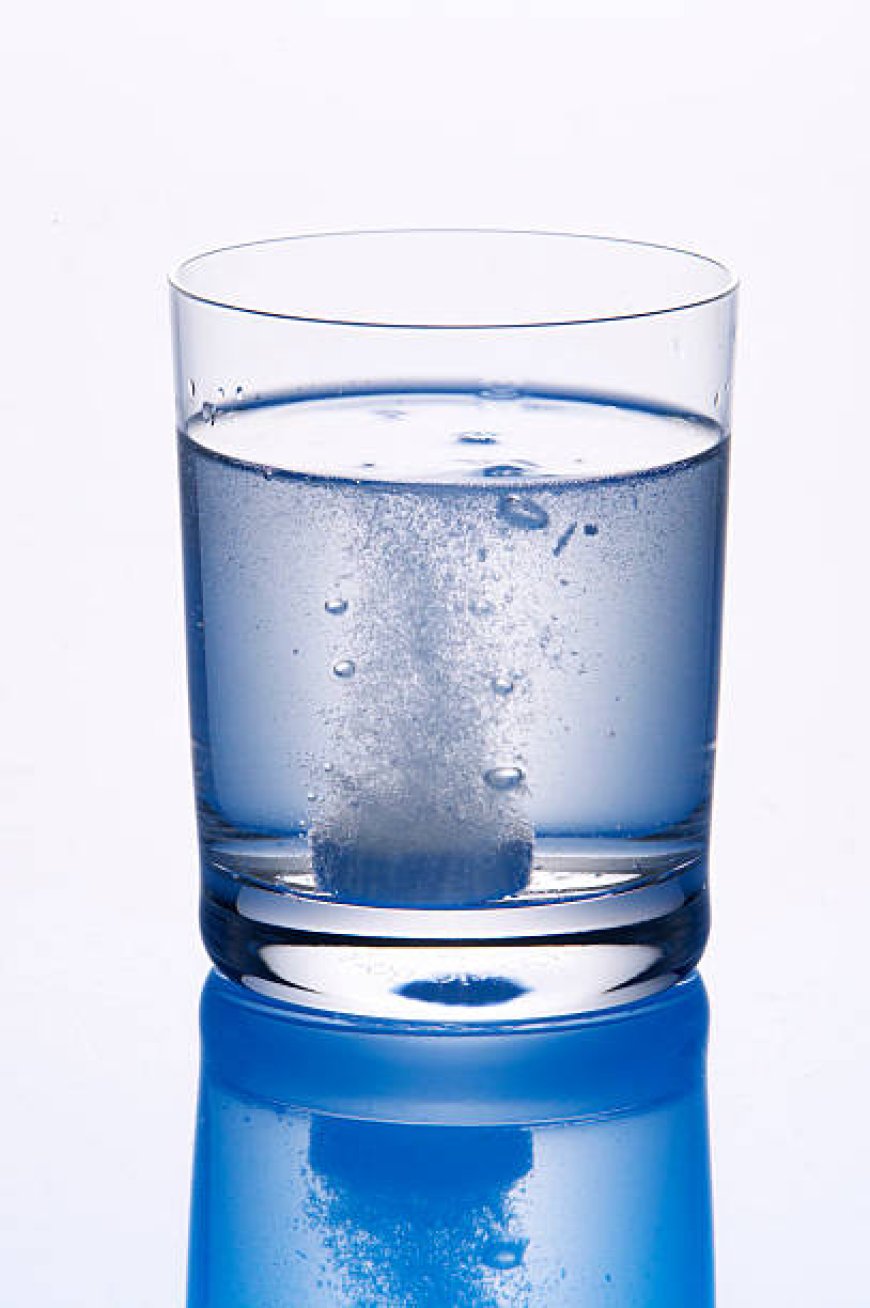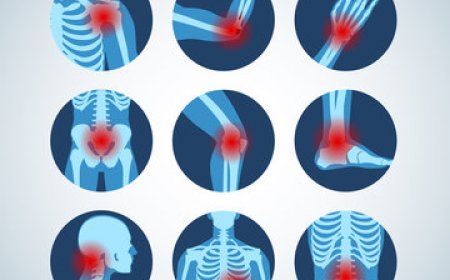Ranitidine: What It Is and How It Works for Acid Reflux

Ranitidine 150 mg, once a commonly prescribed medication, was widely used to treat conditions caused by excessive stomach acidparticularlyacid reflux, also known as gastroesophageal reflux disease (GERD). It was part of a class of drugs called H2 receptor antagonists (H2 blockers), which reduce acid production in the stomach. Though it has been recalled in many countries due to safety concerns, ranitidine played a significant role in the treatment of acid-related digestive issues for decades.
This article explores what ranitidine is, how it works, how it helped manage acid reflux, the reasons behind its withdrawal from the market, and available alternatives for acid reflux treatment.
What Is Acid Reflux?
Before understanding how ranitidine works, its helpful to understand the condition it was designed to treat. Acid reflux occurs when stomach acid flows backward into the esophagusthe tube that connects your mouth to your stomach. This backflow causes symptoms such as:
-
Heartburn (burning sensation in the chest)
-
Regurgitation of food or sour liquid
-
Difficulty swallowing
-
Sore throat or chronic cough
If left untreated, chronic acid reflux can lead to GERD, a more severe and long-lasting form of acid reflux. GERD can result in inflammation, esophageal ulcers, and even precancerous changes in the esophagus (Barrett's esophagus).
What Is Ranitidine?
Ranitidine was a widely used H2 blocker developed in the 1970s and sold under various brand names, including Zantac. It became one of the best-selling medications worldwide for acid-related conditions such as:
-
Acid reflux (GERD)
-
Stomach and duodenal ulcers
-
Zollinger-Ellison syndrome (a condition of excessive stomach acid)
-
Indigestion and heartburn
-
Erosive esophagitis
Ranitidine was available both as a prescription and over-the-counter (OTC) medication in several forms: tablets, syrups, and injectable solutions.
How Ranitidine Works
Ranitidine works by blocking histamine-2 (H2) receptors in the stomach lining. Heres a step-by-step look at how it reduces acid production:
-
Stomach Acid Production and Histamine:
In your stomach, specialized cells produce hydrochloric acid (HCl), which helps digest food. This acid production is regulated by several chemical messengers, including histamine. -
H2 Receptor Role:
Histamine binds to H2 receptors on the acid-secreting parietal cells in the stomach lining, signaling them to release more acid. -
Ranitidines Action:
Ranitidine blocks these H2 receptors, preventing histamine from binding and thus reducing the amount of acid produced.
By lowering stomach acid levels, ranitidine helps relieve heartburn, allows ulcers to heal, and prevents acid from damaging the esophagus.
Benefits of Ranitidine for Acid Reflux
Before its recall, ranitidine was valued for several reasons:
-
Rapid Relief:
Ranitidine typically started working within 1 hour and provided relief for up to 12 hours, making it useful for both acute and chronic acid reflux symptoms. -
Fewer Side Effects:
Compared to older antacids, ranitidine was generally well-tolerated and caused fewer side effects. -
Versatility:
It was effective in treating a range of conditions beyond GERD, including ulcers and indigestion. -
OTC and Prescription Use:
Ranitidine was available in lower doses over the counter and higher doses by prescription, making it accessible to many patients.
Ranitidine Recall and NDMA Concerns
Despite its benefits, ranitidine was voluntarily recalled in 2019 and 2020 in many countries, including the United States and India, due to contamination with N-nitrosodimethylamine (NDMA)a probable human carcinogen.
What Is NDMA?
NDMA is an environmental contaminant found in small amounts in water, food, and air. However, elevated levels in medications like ranitidine raised health concerns.
How Did NDMA Get Into Ranitidine?
Studies suggested that NDMA may form as a byproduct of ranitidine's chemical structure, especially when stored at high temperatures or over long periods.
Regulatory Response:
-
In April 2020, the U.S. FDA requested the removal of all ranitidine products from the market.
-
Other global health authorities, including those in the UK, EU, and India, followed suit.
-
As a result, ranitidine is no longer recommended or available in many countries.
Alternatives to Ranitidine for Acid Reflux
If you were previously using ranitidine, there are several safer alternatives available today:
1. Other H2 Blockers
-
Famotidine (Pepcid): Considered a safer H2 blocker with no NDMA contamination concerns. Effective for heartburn and GERD.
-
Nizatidine: Another H2 blocker, though less commonly used.
2. Proton Pump Inhibitors (PPIs)
PPIs work by blocking a different enzyme involved in acid production and are often more effective for chronic GERD.
-
Omeprazole (Prilosec)
-
Esomeprazole (Nexium)
-
Lansoprazole (Prevacid)
-
Pantoprazole (Protonix)
PPIs are typically used for long-term treatment but may have side effects with prolonged use, including nutrient deficiencies and increased infection risk.
3. Lifestyle Changes
Medications alone may not completely resolve acid reflux. Combining drug therapy with lifestyle modifications can improve outcomes:
-
Avoid trigger foods (spicy, fatty, citrus, chocolate, caffeine)
-
Eat smaller, more frequent meals
-
Avoid lying down after eating
-
Elevate the head of your bed
-
Maintain a healthy weight
-
Quit smoking and limit alcohol
Who Should Not Use Ranitidine?
Given the global recall, ranitidine is no longer recommended for use. However, before the recall, it was not advised for individuals who:
-
Had a known allergy to ranitidine or similar medications
-
Had severe kidney or liver problems
-
Were taking medications that could interact with ranitidine
Pregnant or breastfeeding women were typically advised to use it only under medical supervision.
Final Thoughts
Ranitidine was once a trusted and effective treatment for acid reflux and other acid-related digestive conditions. By blocking H2 receptors in the stomach, it reduced acid production and provided relief from heartburn, indigestion, and ulcers. However, due to the discovery of NDMA contamination, its use has been discontinued in many parts of the world.
If you previously relied on ranitidine, talk to your healthcare provider about safe and effective alternatives like famotidine or PPIs. Managing acid reflux is still very possiblewith the right treatment, diet, and lifestyle adjustments, you can achieve relief and protect your digestive health safely.
















![Top 9 Real Estate Mobile App Developers in Riyadh, Saudi Arabia [2025 Edition]](https://www.biphoo.uk/uploads/images/202507/image_430x256_6879d0d524335.jpg)






















